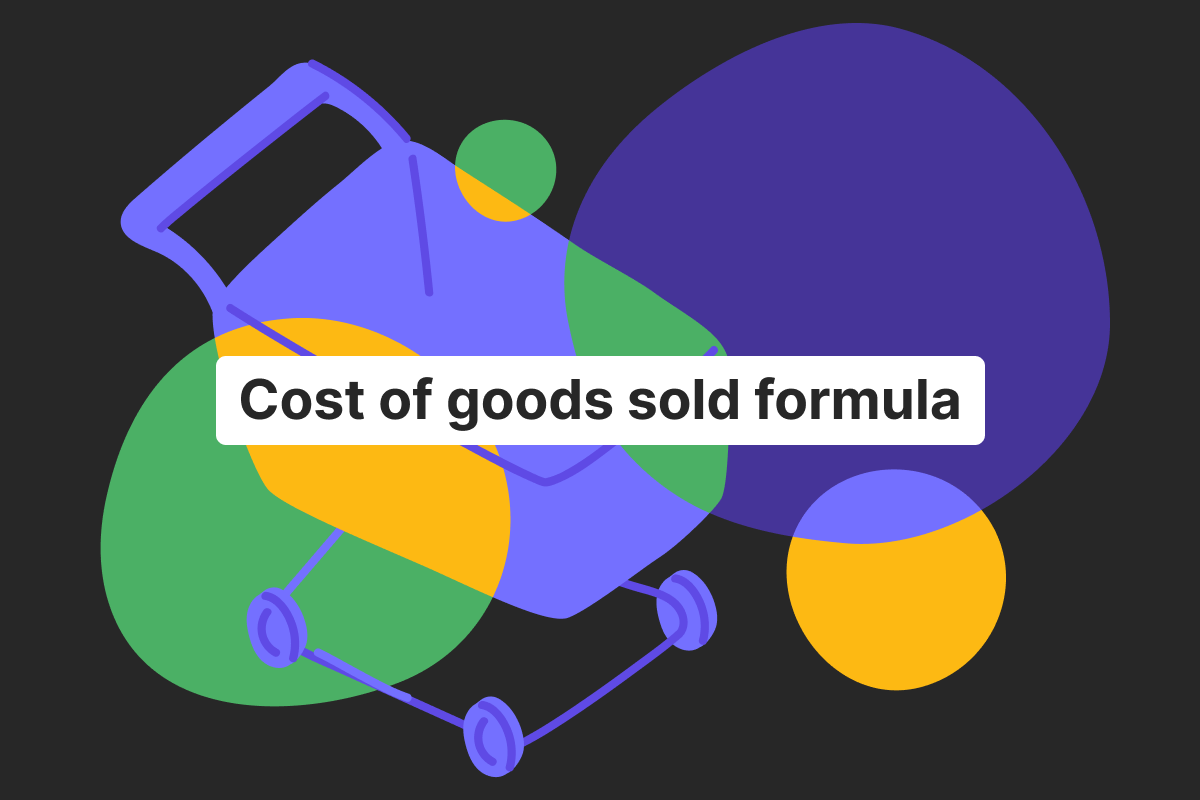Genome Blog / articles / Types of e-banking and what it is
Jan. 4, 2023
Our team recently released an extensive article that covers the main examples of financial institutions. In it, when talking about internet banks, we also mentioned the phenomena of electronic banking and internet banking. And it is an interesting topic in itself.
So, Genome’s team decided to elaborate on the topic a bit more. Find out what are the different types of online banking in this article.
Electronic banking: types of e-banking
With a name like this, what you see is what you get. Electronic banking, also known as e-banking, is a method of provision of different financial services to customers that is carried out via electronic means, such as computer systems, telecommunication methods, smartphones, etc. This allows for many types of e-banking to flourish.
All-in-all, electronic banking is a crucial tool that helps swiftly introduce digitalization to the financial industry, making money operations faster and more comfortable for clients.
Likely, you have already tapped into this kind of banking yourself. For instance, if you use your financial company’s website or app for money transfers, make purchases with a debit card, etc.
So, what are the types of e-banking?
First and foremost – internet banking, which is also called online banking. As you might have guessed, companies that participate in internet banking provide financial and monetary services to different clients via online means.
Want an example? Take an Electronic Money Institution like Genome, for instance. Licensed and supervised by the Bank of Lithuania, we work with individuals, companies, and merchants. Genome offers diverse services from multiple multi-currency (EUR, USD, GBP) account opening and money transfers to shared account management, batch payments, and merchant services. So, we have all the crucial features the traditional banks provide, but do so in a convenient, seamless way – entirely online! That’s the company that represents one of the many types of internet banking.
Now, let’s get to mobile banking. It is considered by some one of the types of online banking. And no wonder – as they usually offer the same financial features. The main difference is that mobile banking is carried out via banking apps, which you need to download to your phone or tablet, while online banking is done via the financial institution’s website.
The next type of e-banking is Automated Teller Machines, known by most as ATMs. Yes, they are primarily associated with depositing and withdrawing cash. But there’s more to ATMs, as you can use them to make deposits and transfer money between your accounts.
There are also Electronic Funds Transfers (EFTs), which is another great representation of digitalization in banking. These are transfers made from one user to another within one bank or a group of banks, which happen without the intervention of the bank’s employees.
Payments made with debit cards are also a type of e-banking. The debit card is linked to your bank account, so no bank assistance is required during purchases. Nowadays, you can use debit cards almost at any store, online, and via contactless payment apps. Also, if you are looking for virtual and physical debit Visa cards, Genome provides these for personal and business wallet users.
FAQ
What is internet banking?
It is a type of e-banking that entails the provision of banking and monetary services with the help of an internet connection. Thus, a client needs to access the website of their financial provider online. Multiple companies provide such features nowadays, catering to various clusters of customers. For instance, Genome provides both personal and business wallets and respective financial services, as well as multiple merchant accounts for corporate clients.
What are the types of internet banking?
Internet banking, also known as online banking, is actually one of the types of electronic banking. Other types of e-banking include mobile banking, Electronic Fund Transfers, ATMs, and debit cards. We described all these in the article above.
What are the features of internet banking?
Generally, internet banks provide the same services as retail and commercial banks. The main difference is that the former do so online and don’t have brick-and-mortar branches. Thus, depending on the types of internet banking institutions, you can get multiple features: some offer money transfer options, others work with merchants exclusively, and some issue cards.
What are examples of internet banks?
An example of an internet bank would be an institution that offers current and savings accounts online, issues debit cards, and has money transfer options. One such example that represents types of online banking can be Revolut.





